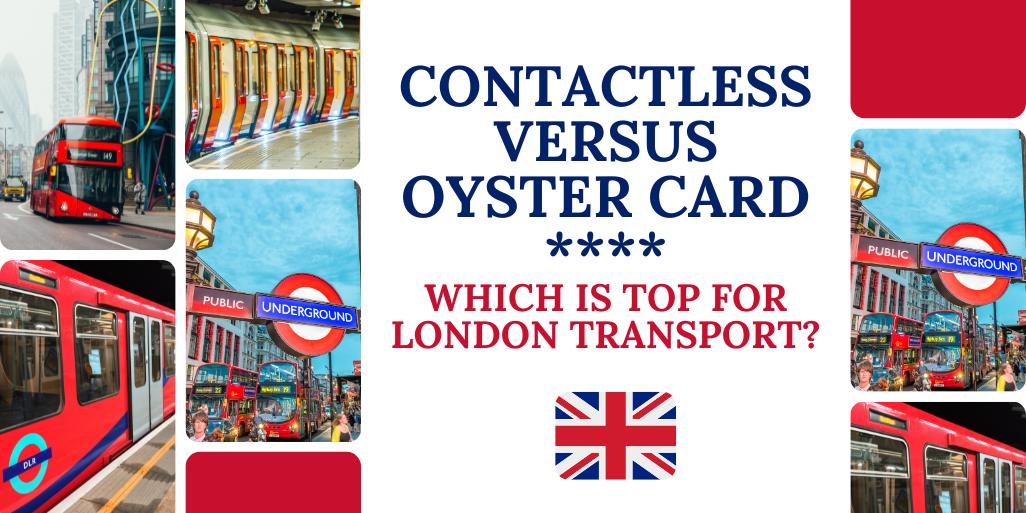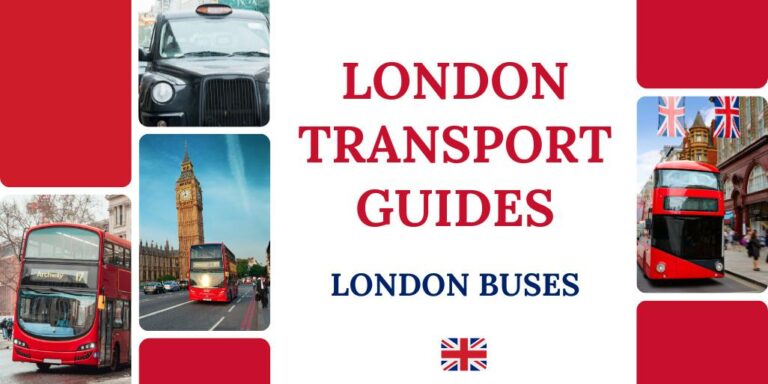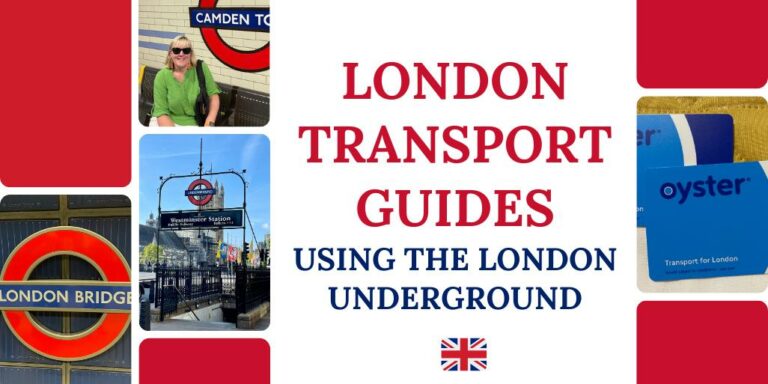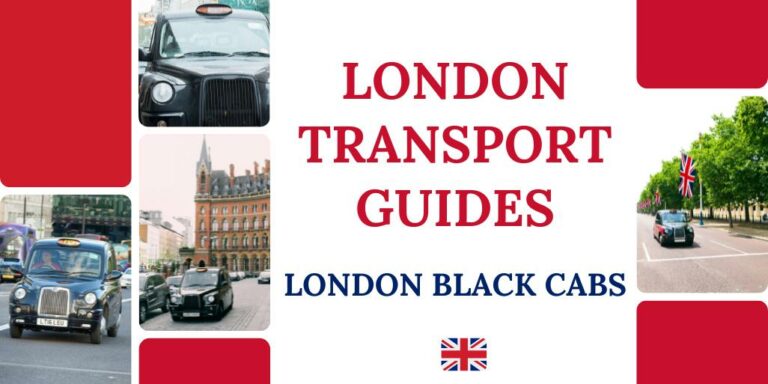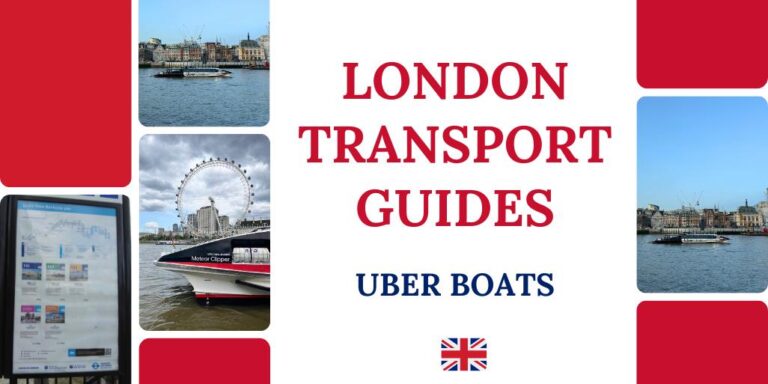Contactless vs Oyster Card – Which is Top for London Transport?
If you’ll be visiting London and want to see the sights by public transport, then paying by contactless or Oyster card is one of the first things to think about.
Transport for London (TfL)’s public transport network is affordable, fast, and reliable, comprising underground and overground trains, IFS Cloud Cable Car, buses, Croydon trams and Uber boats. When using these, though, is it best to use a contactless card or the Oyster system to pay for your journeys?
Wherever you want to go in London, having a quick and easy way to pay for travel can make life much simpler. Which in turn can free up more of your precious time – and hard-earned money.
This guide to using Oyster or contactless on the tube, buses, trains, and boats in London will steer you through the maze. If you have burning questions – such as is an Oyster card cheaper than contactless – then you can expect to have them fully answered in plain English by the end of this article. At that point, you’ll also be well-placed to choose which is most suitable for you and your travel plans.
Here are the pros and cons of using contactless or an Oyster account for London Transport. The TfL Oyster & Contactless app is also covered, as is everything you need to know about Oyster cards for kids.
Let’s get started by taking a look at how you can pay for public transport in London, plus pros and cons of each method.
Contactless vs Oyster Card vs cash
Cash
For:
- Can help you budget and track your spending and save on overseas bank charges if applicable
Against:
- Cash fares can be more costly
- Cash payments aren’t always accepted eg buses
- Cash is difficult to recover if it’s lost or stolen
If you’re wondering why use Oyster instead of contactless, then maybe it’s worth thinking about cash as a third option. You could always use pounds sterling to pay for your journeys.
The problem is that some forms of transport, including London buses, don’t accept cash payments. Also, cash can be the most expensive way to pay, even where it is an option. So if you want to use all forms of transport, and save money, cash is best avoided.
If you don’t use cash, you won’t have to change so much money to pounds sterling, or worry about carrying the right coins with you. Lost or stolen cash isn’t always covered by travel insurance policies, either. Whereas a credit or debit card can be cancelled instantly.
These reasons are why we cannot recommend paying with cash for transport in London – although a small amount can be useful for emergencies, tipping, and minor purchases. So now we’ve discounted cash, let’s consider contactless versus Oyster card payments.
Contactless
For:
- You won’t need to change as much money when paying by card
- Fare caps mean paying a maximum daily amount (the amount depends on the Zones travelled)
- You only have to carry one card around
- Contactless cards are widely accepted
- You can also pay by smartphone
Against:
- Your bank might charge for transactions in a foreign currency
- Contactless customers such as seniors cannot benefit from Oyster card discounts
Contactless is the modern replacement for cash. Just tap your contactless card to pay your fare, instead of using coins and notes. The cost will be automatically debited from your account. Though your bank might charge a fee for a foreign currency transaction.
Contactless is now the most popular payment method in the UK. It’s easy, convenient and widely accepted across the London Transport network.
There’s only one downside. Any bank based outside the UK is likely to charge you for all transactions made in pounds sterling. (Euros are not UK currency, and never were, and in fact the UK has now left the EU.) So check what fees your bank will charge before travelling and paying by contactless, if you want to avoid nasty surprises!
Alternatively, you can use Apple or Android pay when using your device rather than a contactless card. Whatever you use, just make sure you tap the same contactless card or device when touching in and out. Otherwise you could be charged for two separate trips.
So how does the Oyster card compare when paying for London Transport?
Oyster Card
For:
- The colourful Visitor Oyster card makes a good memento of your trip
- You can track your spending more easily as the card is pre-loaded
- Separately, more than one person can use one Oyster card
- There are special discounts for Visitor Oyster card holders
- The card is specifically designed for London Transport
- Fare caps mean paying a maximum daily sum relevant to your travel zones
- You can use your Oyster card to get into London from Heathrow, Gatwick and London City.
Against:
- You’re likely to leave an unused amount on the card at the end of your trip
- Oyster cards can’t be used at stations between Reading and Iver on the Elizabeth Line
- There’s a £7 or £5 upfront charge for each standard or visitor card
- Cards must be topped up before travel
- You can’t use Oyster cards in taxis
An Oyster card is a payment card, like contactless, but differs because it is London Transport specific. Unlike contactless, you also need to top it up in advance of travel. Oyster cards are available in standard or visitor versions.
If you use an Oyster card, then you will need to carry around that extra card. So is there any reason to choose it over contactless?
There are two additional costs to factor in when using an Oyster card. A £7 non-refundable fee applies to the standard Oyster Card and £5 for visitor versions.
The second cost comes in because you’re unlikely to use every penny stored on it. You can return the card to London Transport to redeem this – but in reality, lots of people never get round to it!
Oyster cards can be topped up in £5 increments only. You can add between £10 and £50 every time.
If you do buy an Oyster card, though, it can be used during a repeat visit. Or you could pass it onto a friend or family member for their visit to London. They cannot be used in London taxis, though.
As they’re targeted at tourists, Visitor Oyster cards do offer holders some special discounts. These can include some money off attraction entry fees.
Now let’s take a look at the pay as you go system on London Transport. This lets you use either an Oyster card or contactless.
London Transport and Pay As You Go
You can use contactless or Oyster cards on the following types of transport in London:
- Overground trains
- Docklands Light Railway (DLR)
- Uber Boat by Thames Clippers
- Underground (or tube) trains
- Most Elizabeth Line trains
- IFS Cloud Cable Car
- London buses
- Trams
Benefits of Pay As You Go
A number of the same benefits apply to both contactless and Oyster card payments.
- Only pay for the journeys you make
- Travel where and when you want to
- Use the TfL Oyster and contactless app to track your trips
- Fare caps mean never paying more than the Bus and Tram Pass or One Week Travelcard price, even when making multiple journeys between Monday and Sunday. A full day’s travel will also be cheaper than One Day Bus and Tram Pass or One Day Travelcard
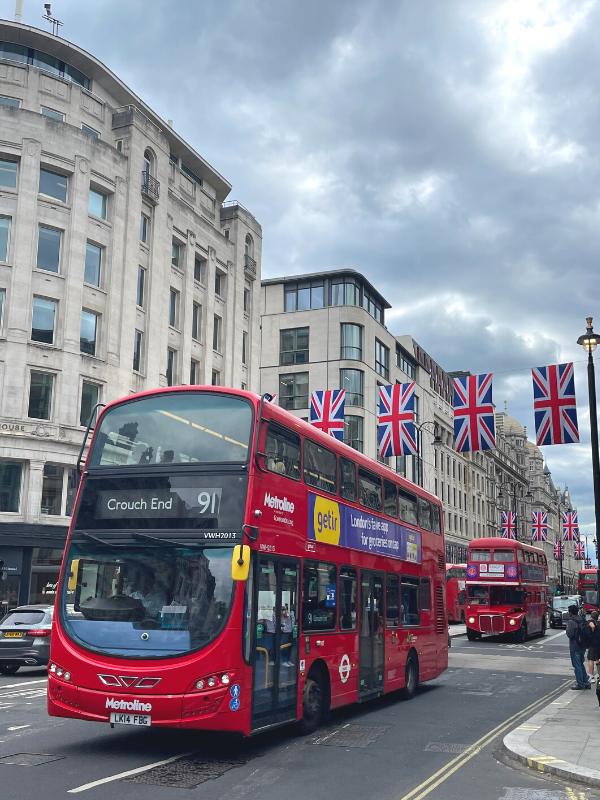
The TfL Oyster & Contactless app
Whether you want to pay by contactless or Oyster card, download the free TfL Oyster & Contactless app before you travel. It’s available via Google Pay for Android and the App store for Apple.
You can top up Oyster cards via the app. You can also view your trip history, check your remaining balance, and receive advance warning of any Travelcard expiry dates.
You can use the app with more than one contactless or Oyster card. It’s thus an easy way of using the same card across multiple devices.
Zip Oyster photocards and Young Visitor discounts for kids
There is a special version of the Oyster card for children. It’s called the Zip Oyster photocard, and comes in two age ranges. These are 5 to 10, and 11 to 15.
5 to 10 Zip Oyster card
Free travel for 5 to 10 year olds is available on London Transport. A card isn’t always needed, as up to four kids can travel free per fare-paying adult. They can travel on tram, bus, and some train services without a card.
Holders of the card also get free travel on tubes, DLR, and Elizabeth line services, apart from between West Drayton and Reading. They also get a child rate on the IFS Cloud Cable Car, and a 50% discount on adult fares for the Uber Boat by Thames Clippers.
A parent or guardian can apply for a 5-10 Zip Oyster photocard online. There’s a £10 admin fee, and you’ll need a clear digital photo plus their passport.
11 to 15 Zip Oyster card
The 11 to 15 Zip Oyster photocard works in much the same way. There is a higher £15 admin fee for applying, however.
11 to 15 year olds can also get free travel on trams and buses. But they pay child rate fares on tubes, DLR, Elizabeth line, and London Overground services, and the IFS Cloud Cable Car. 11 to 15 Zip Oyster photocard holders also get 50% off Uber Boat by Thames Clippers, and most National Rail fares.
Young Visitor discount
Non-resident 11 to 15 year olds can get discounted travel for up to two weeks via the Young Visitor discount scheme. This is added to an accompanying adult’s standard or visitor Oyster card.
You’ll have to apply when the child is with you. You can apply at any tube or overground station, some Elizabeth line stations, or a TfL visitor centre.

The London Pass and the Oyster Card
The London Pass is also worth thinking about when deciding whether to use contactless or an Oyster card.
Various London Pass packages include an Oyster card. The London Pass is a London visitor card that gets you into over 80 London attractions. This pass also includes hop-on, hop-off bus routes for exploring the city.
You can buy a London Pass for 1, 2, 3, 4, 5, 6, 7 or 10 consecutive days. Find out more by visiting the London Pass website.
Visitor Oyster Card discounts
To promote their goods and services to UK visitors, big brands make special offers only available to Oyster card holders.
Those with a Visitor Oyster card can, therefore, make the most of exclusive deals on entertainment, shopping, and food in the UK capital.
Contactless v Oyster Card – FAQs
Is it cheaper to use Oyster or contactless?
Both contactless and Oyster cards use the same Pay As You Go system, and both can also be used with the free TfL Oyster & Contactless app. Costs are very similar, though there is a £5 or £7 upfront fee per Oyster card. You also have to top up an Oyster card before you travel.
For Visitor Oyster card holders, however, exclusive deals and discounts are available. For some tourists, it may also be more cost effective to get a London Pass that includes an Oyster card.
What’s the point of an Oyster card?
An Oyster card for London Transport is a pay as you go smart card. You can use it across the city for most forms of travel, including the IFS Cloud Cable Car and Uber Boat by Thames Clippers services as well as buses, trams, tubes, overground trains, DLR, and most Elizabeth line trains.
Is it worth getting an Oyster card as a tourist?
A Visitor Oyster card is among the cheapest and most convenient ways to pay for journeys on tubes, buses, trams, DLR, the Elizabeth Line, London Overground, and many National Rail services. You can also use it on Uber Boat by Thames Clippers and the IFS Cloud Cable Car.
Visitor Oyster cards also give holders exclusive discounts and deals, making entry to London attractions cheaper. You may also get money off dining and shopping. And you get to keep the card as a souvenir!
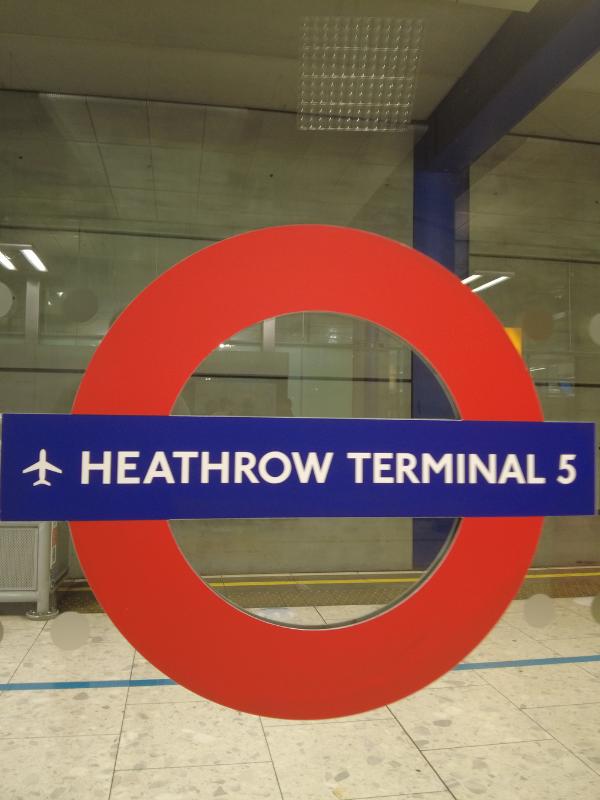
Contactless vs Oyster card – Which will work for you?
If you’re weighing up contactless versus an Oyster card, there are a few things to consider.
Though it costs £7 to get one, using an Oyster card can help you to avoid any foreign currency transaction charges that might be levied by your bank when using contactless. Simply top up your Oyster card before travel and use this to pay, so you can avoid these.
The fare cap also means you’ll pay a maximum sum per day or week. This can work out cheaper if you travel a lot.
London Passes that include an Oyster Card can be worthwhile if you want to visit a lot of attractions. Visitor Oyster Cards also give you exclusive deals on shopping, food, and entertainment.
The same Pay As You Go system is used for both Oyster cards and contactless payments. You cannot use cash on London buses, so if you want to use those you’ll have to choose between contactless and Oyster.
The colourful Visitor Oyster card also makes a nice souvenir of your time in London. Just keep in mind the £7 upfront Oyster Card cost!
Read next – Best day trips from London by train

